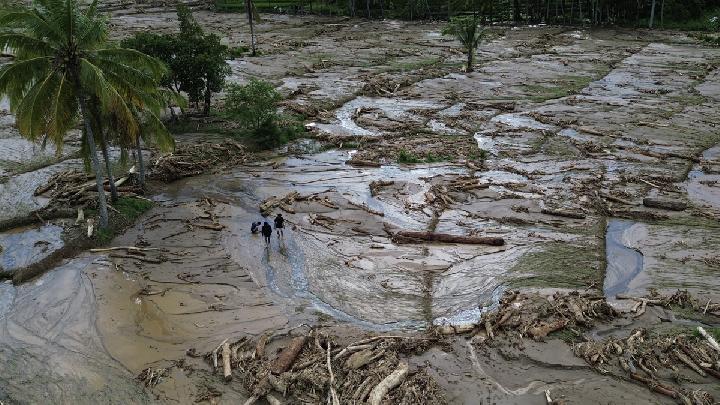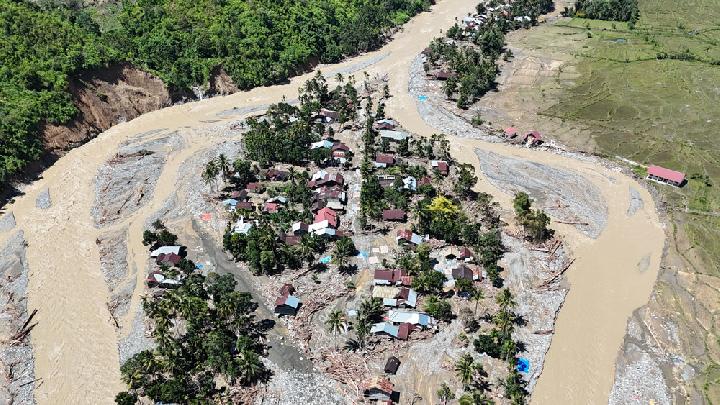TEMPO.CO, Jakarta - Since mid-June this year, warnings about the chikungunya virus have been focused on Foshan, Guangdong Province, where more than 7,000 cases have been reported.
Appearing to be the biggest chikungunya outbreak ever recorded in China, the US Centers for Disease Control and Prevention (CDC) has issued a Level 2 travel alert.
As the virus is transmitted by infected mosquitoes, travelers are advised to take extra precautions, including wearing long-sleeved clothing, using DEET-based insect repellent, and protecting infants with mosquito nets if they are too young for repellent. Vaccination is also recommended where accessible.
Chikungunya Virus Outbreak in China
Over 7,000 cases of chikungunya virus have been reported in Foshan, Guangdong Province, with small clusters also emerging in nearby cities
From Guangzhou and Shenzhen to Dongguan and Zhongshan, localized outbreaks have been observed. As a result, local healthcare systems are reportedly under increasing strain.
While infected individuals are being quarantined in mosquito-proof hospitals for at least a week, authorities have stepped up vector control efforts by using mosquito nets, spraying insecticide, and deploying drones to help contain the spread.
According to AP News, the number of new cases is slowly beginning to decline.
These strict response measures reflect lessons learned from the 2003 SARS outbreak and the COVID-19 pandemic.
Countries at Risk for Chikungunya Virus
As of early August 2025, the outbreak remains concentrated in Guangdong Province. However, health advisories for the chikungunya virus have also been issued in Bolivia, Kenya, Madagascar, Mauritius, Mayotte, Réunion, Somalia, and Sri Lanka.
The CDC has additionally identified several countries as being at elevated risk of exposure, even if they are not currently experiencing an outbreak. These include Brazil, Colombia, India, Mexico, Nigeria, Pakistan, the Philippines, and Thailand.
What Is Chikungunya Virus?
The chikungunya virus was first identified in the 1950s in southern Tanzania. With outbreaks of chikungunya most often seen in tropical regions, the primary vectors of this virus are Aedes aegypti and Aedes albopictus mosquitoes, both of which are also known to transmit dengue and Zika viruses.
With climate change playing a major role for the global spread, China’s current outbreak has been linked to monsoon flooding, which created ideal breeding conditions for mosquitoes and facilitated transmission.
How Does Chikungunya Virus Spread?
As noted by ABC News, quoting the European Centre for Disease Prevention and Control, there have been approximately 240,000 infections since the start of 2025. These cases are primarily linked to bites from infected mosquitoes.
But that's not the only thing that makes it an endless loop. While the virus cannot be transmitted directly from person to person, an infected individual can pass the virus back to uninfected mosquitoes, which then go on to infect others.
Symptoms of Chikungunya Virus
According to Forbes, symptoms of chikungunya virus commonly include headache, muscle pain, nausea, fatigue, rash, and swollen joints. These symptoms typically appear four to eight days after being bitten by an infected mosquito but can range from two to twelve days.
Most symptoms usually resolve within a few weeks with basic home care, such as rest, hydration, and over-the-counter pain relief, without the need for medical intervention. However, joint swelling and pain can persist for months or even years, particularly in older adults and those with pre-existing joint conditions.
Prevention for Chikungunya Virus
In the United States, there are two approved vaccines for chikungunya. IXCHIQ, a live-attenuated vaccine, is approved for individuals aged 18 and older, while VIMKUNYA, a virus-like particle vaccine, is approved for those aged 12 and older.
However, these vaccines are currently recommended only for people traveling to areas having an outbreak.
For self-prevention, the risk can be reduced by using insect repellent, eliminating standing water in containers like buckets and cleaning those areas thoroughly, as well as practicing smart travel habits.
Editor’s Choice: Measles Outbreak in North Sumatra: Understanding the Risk Factors for the Disease
Click here to get the latest news updates from Tempo on Google News


















































